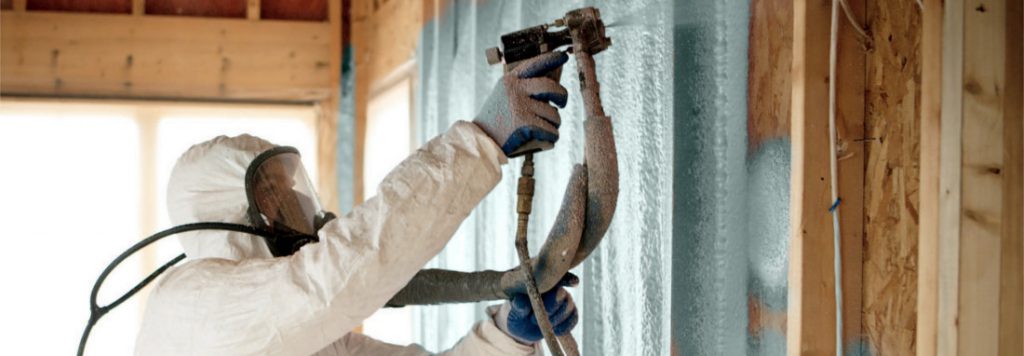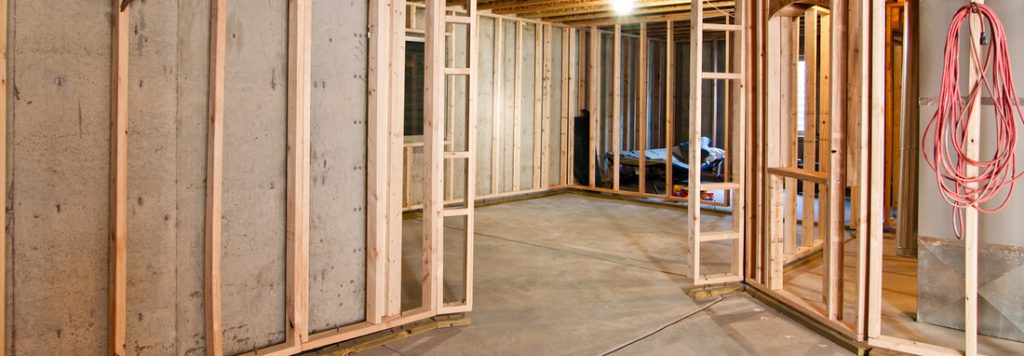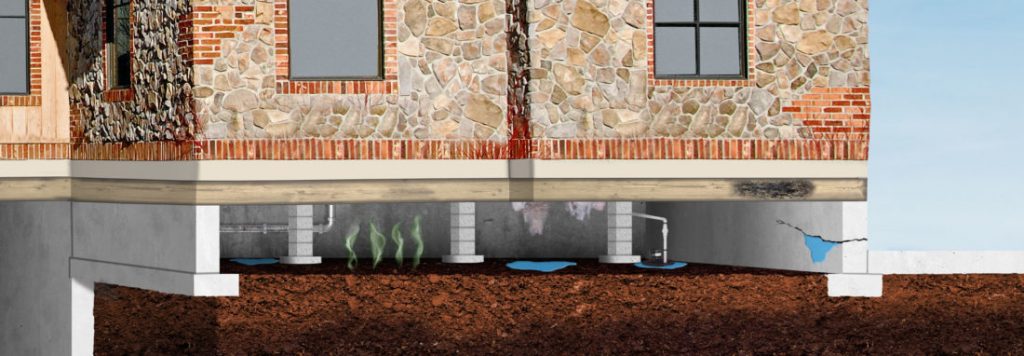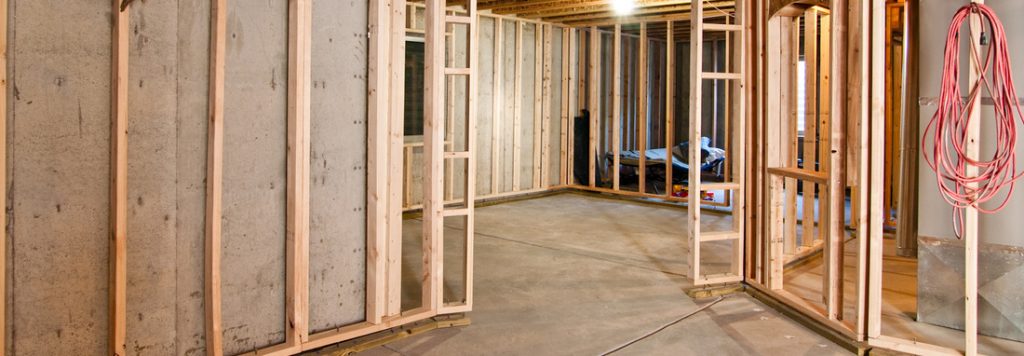If you were under the impression that polyurethane (also called “urethane”) was developed in recent years, due to its cutting-edge properties and relatively recent popularity, you will be surprised to learn that it has rather originated eighty years ago, in the premises of IG Farben in Germany.
This material from the same family as plastics and polymers was in fact discovered by the industrial chemist Otto Bayer and his team of researchers, who succeeded in producing a dry polyurethane foam by adding Diisocyanates to glycols (they were then looking for a nylon substitute!) They then had to perfect their chemical formula before materials made of polyurethane made their appearance.
Isolation Majeau has been specializing in basement insulation for 25 years
Visit the following pages to learn more about the services covered in this article:
– Urethane Insulation: Type 2 Spray Polyurethane
WORLD WAR II: THE EMERGENCE OF POLYURETHANE MATERIALS
It was during the Second World War that the use of polyurethanes began to spread, replacing rubber, then too expensive and difficult to obtain. As early as 1940 and 1941, polyurethane-based adhesives and polystyrene (“styrofoams”) were incorporated into the design of aircraft, military submarines and road vehicles. Polyurethane foam was also used as a flotation material for ships.
A PROMISING MATERIAL IN CONSTRUCTION APPLICATIONS
Although by the turn of the 1950s commercial uses of polyurethane abounded (bonded fabrics, spandex, synthetic suede, synthetic leather, water-repellent materials, etc.), chemists and developers sensed even greater potential for the construction industry. Therefore, they worked to develop better installation technology until in 1963, two inventors by the name of Fred Gusmer and Fred Werner created the first proven machine for spraying polyurethane foam. Known as the FF, it was the very first available on the market. Fred Gusmer later developed the Model-C foam spray gun, updated and then renamed Model-D. However, it was not until 1979 that this revolutionary technique of spraying foam was used in construction, in the buildings’ thermal insulation.

THERMAL INSULATION WITH MULTIPLE ADVANTAGES
In the early 1980s, polyurethane insulation panels have been designed, making it possible to considerably reduce the use of a building’s energy resources and thereby contributing to the protection of the environment.
Spray polyurethane foam, constantly refined and improved since its discovery, outperforms other insulating materials available on the market in many ways:
– It has a higher R-value (R-6 per inch).
– It is both an air barrier and a vapour barrier.
– It provides insulating continuity due to the absence of joints.
– It adheres perfectly to irregular shapes.
– It adheres perfectly to various types of materials, including steel, wood, concrete and gypsum.
– It is stable, does not crush, does not settle or crumble.
– It is resistant to mildew.
– It is odourless: it does not give off or absorb any odour.
– It effectively prevents the infiltration of underground gases, including radon.
– It is ideal for eliminating thermal bridges.
Would you like to know if sprayed polyurethane foam would be suitable for your residential insulation project? Contact one of our specialists toll-free at 1 888 962-5328 or via our contact form.
This article was originally published on July 1, 2022 by Pierre Boucher








